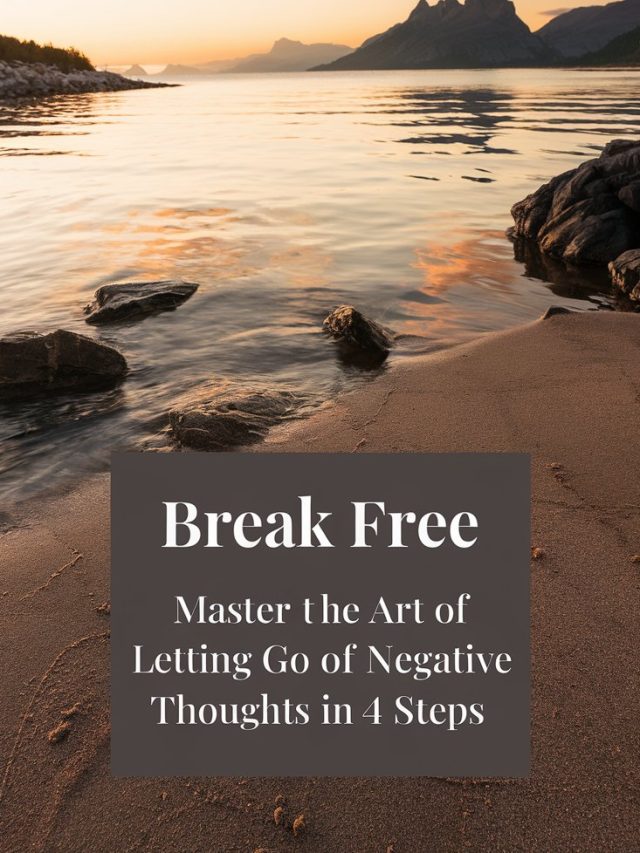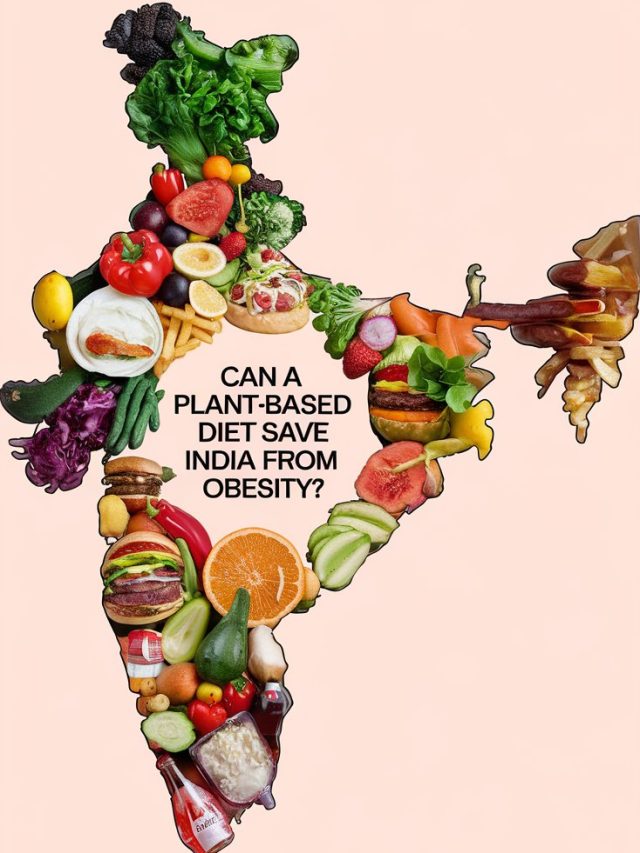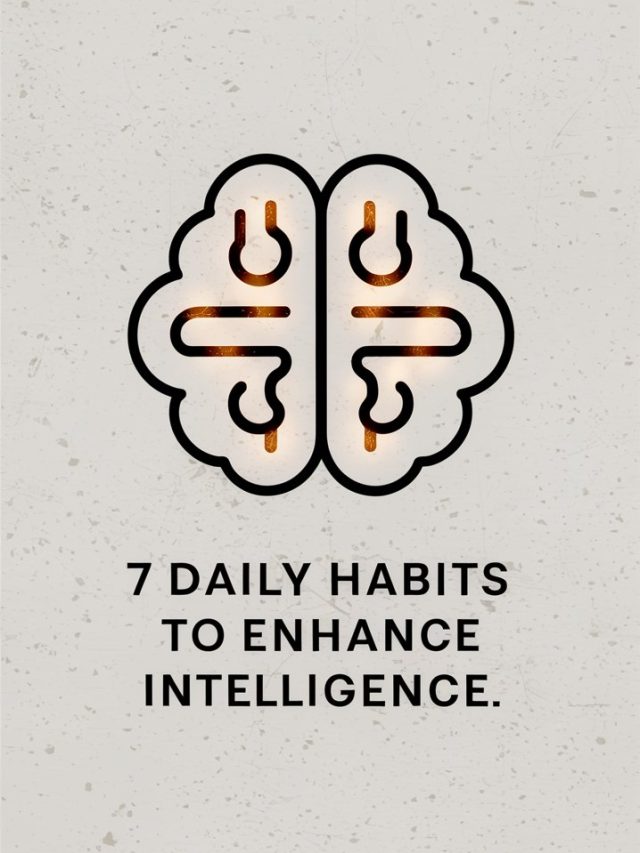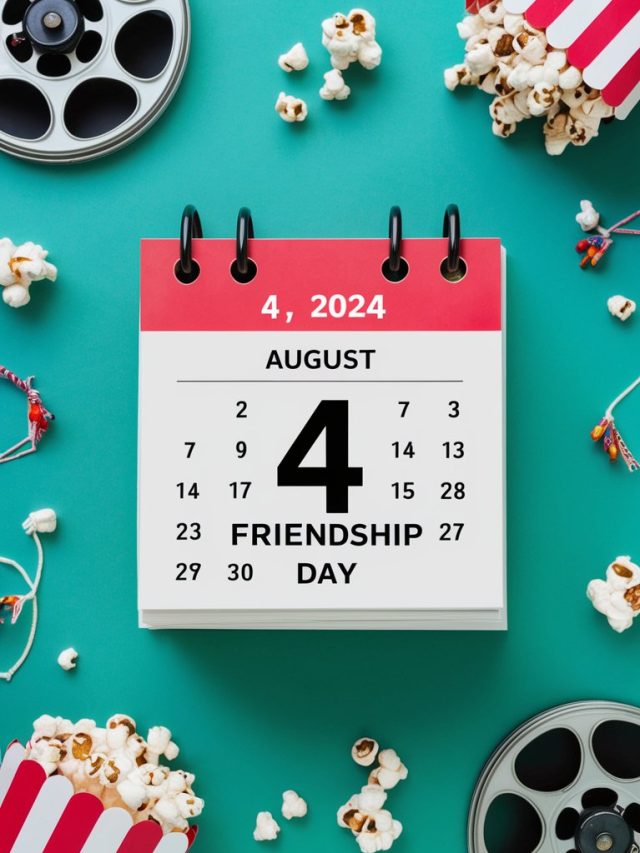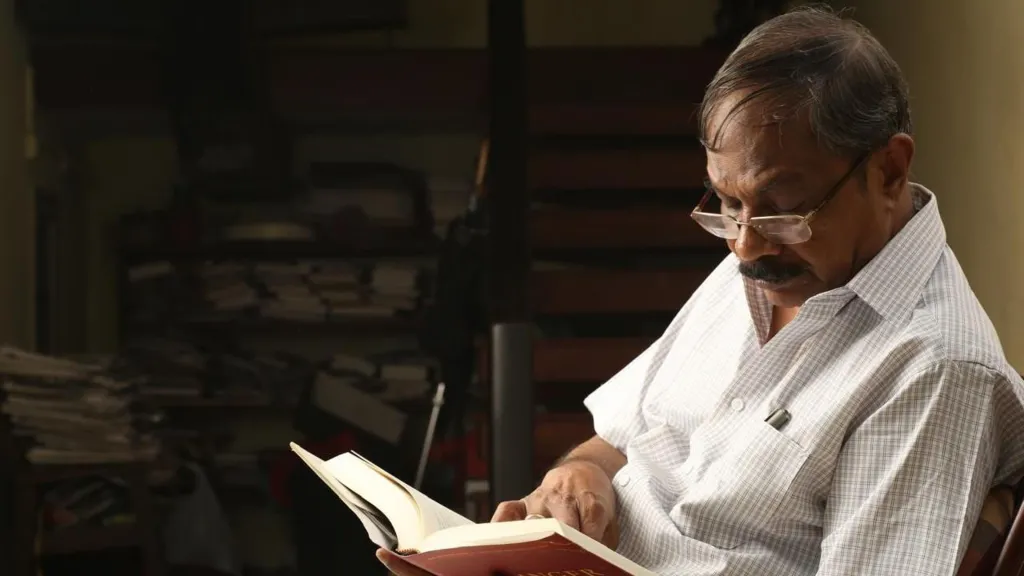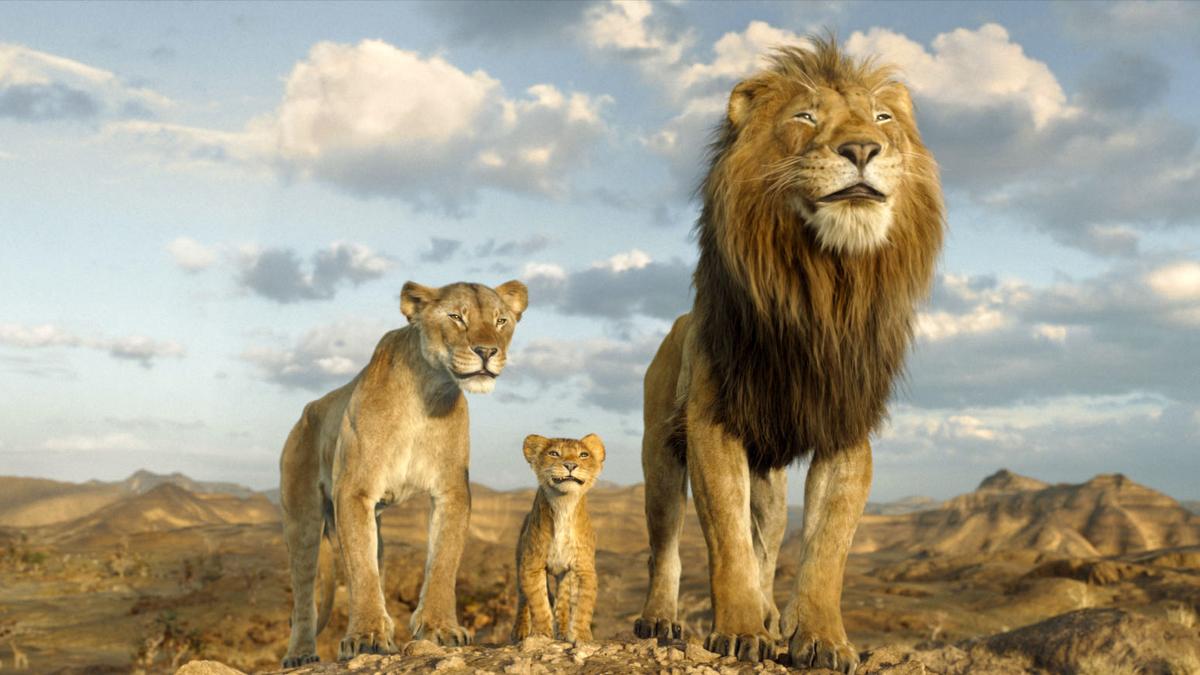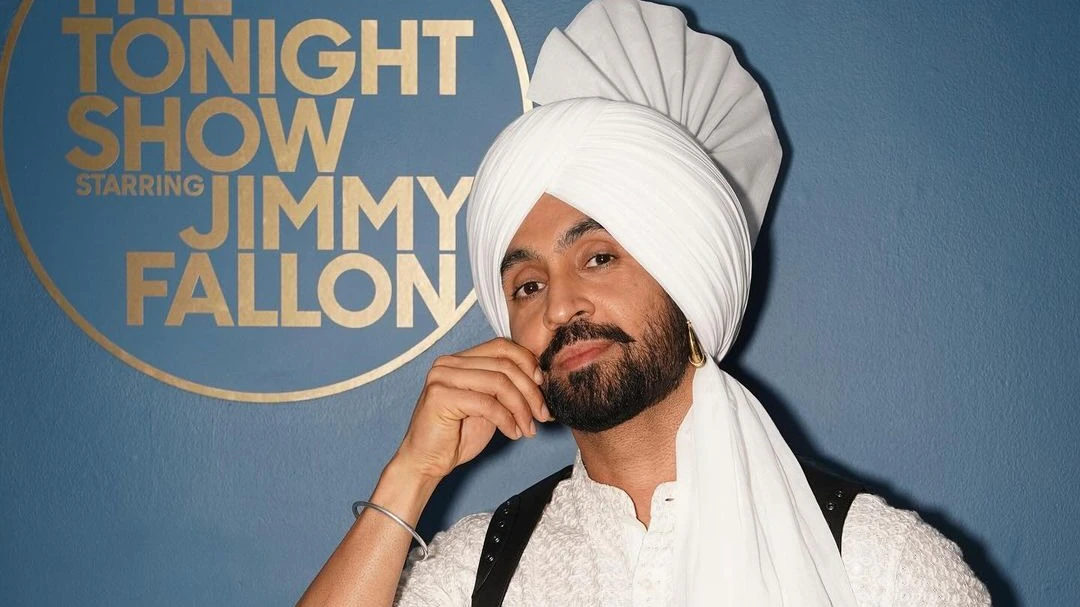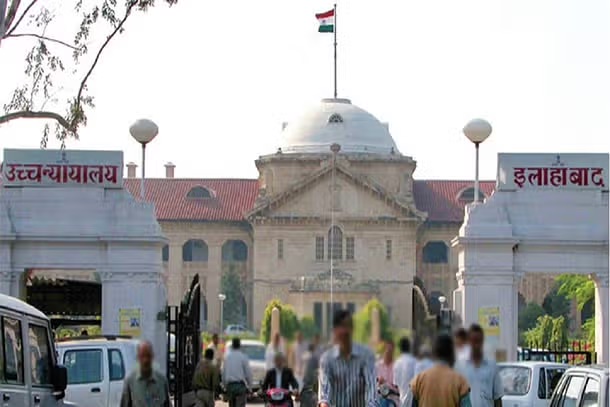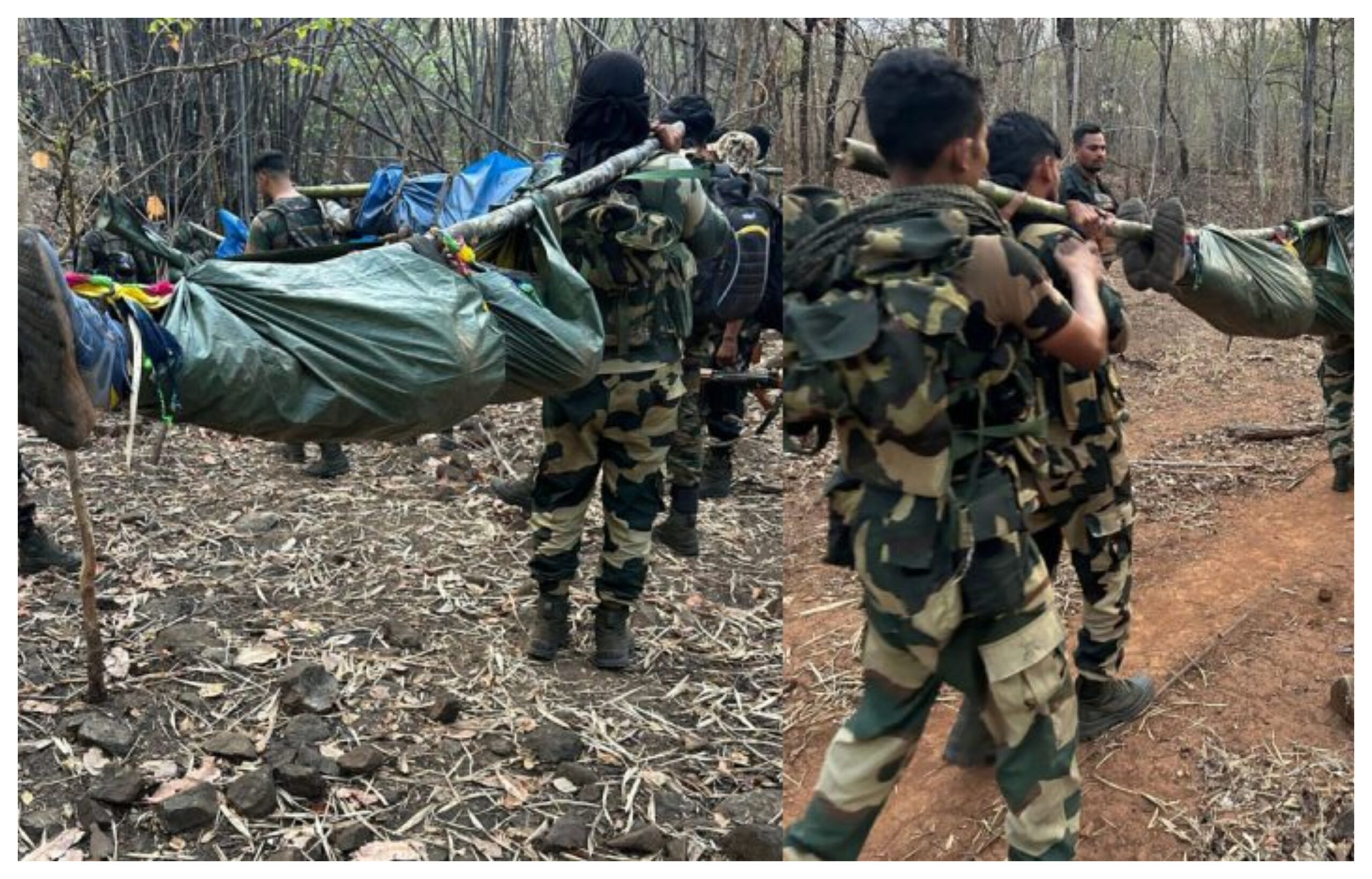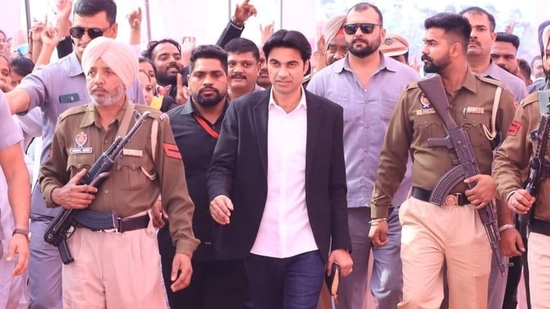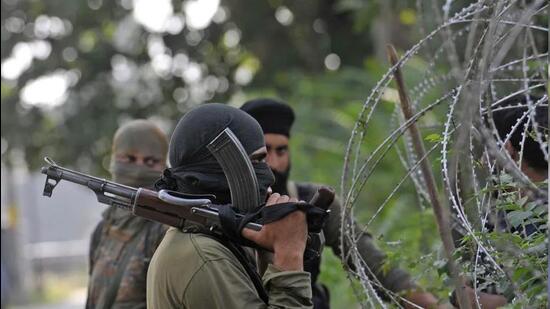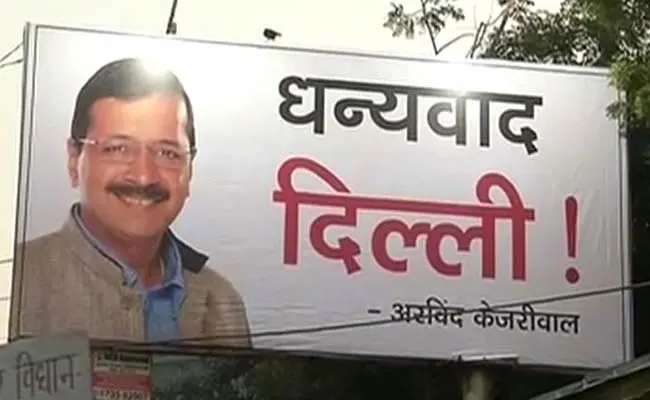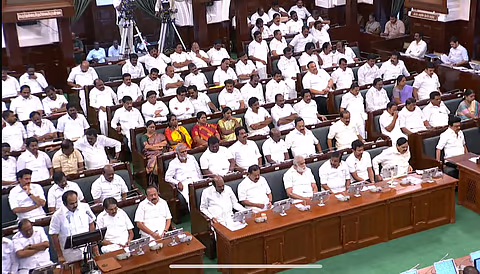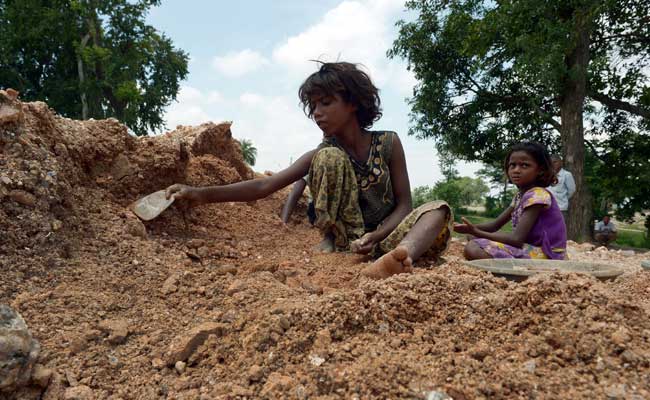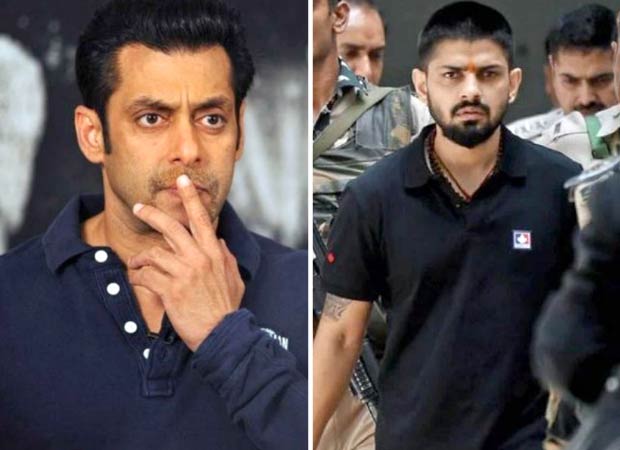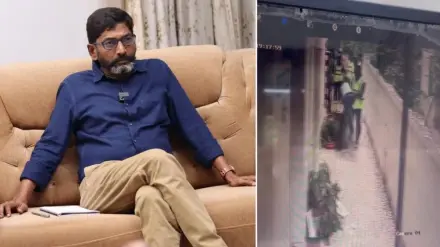A colorful journey into Rajasthan’s legendary camel festival

I couldn’t help but feel anxious and excited at the same time as my dream was in the process of becoming reality. The air of Rajasthan was extraordinary and The Pushkar Camel Fair had always been on my bucket list, but now that I was actually on my way there, it felt almost surreal. As we got closer to Pushkar, the sun was setting, rendering the sky a vibrant mix of pink and orange that seemed to go on forever over the edge of the desert. I could feel the excitement building as we got closer to our destination. My tiny room at the guesthouse was simple but comfortable, with a small balcony that offered a view of the fairgrounds. As night fell, I sat out there, watching the twinkling lights come to life across the desert. The sounds of the fair continued well into the night, a constant reminder of the vibrant world just beyond my doorstep. Sleep came fitfully that first night, my mind too full of the day’s experiences and the anticipation of what was to come.
Moring with sun rays falling directly on your face is worth experiencing, especially when waking up at the Pushkar Camel Fair. The rainbow-colored tent above me shines when I open my eyes. I hear bells jingling and camels groaning outside. The aroma of spices and incense fills the air. I can’t wait to explore on this first day at one of the most famous festivals in India. I was ecstatic as I dressed up and emerged from the tent to find camels and people dressed traditionally all around me. Men in bright turbans lead their animals, just like their great-grandfathers did hundreds of years ago, and women in lehenga choli. I watch a group of traders arguing over the price of a camel, their hands moving wildly as they talk. Nearby, a young boy in jeans is taking selfies with a decorated camel. It’s a strange mix of old and new, but it all fits perfectly.
The Heart of the Fair: People and Their Stories

As I wandered through the awakening fair, I found myself at the edge of the livestock area. Here, thousands of camels stood or lay in the sand, their owners busily grooming them or preparing their morning meals. I watched in amazement as a trader used a complex series of hand signals hidden under a cloth to negotiate the price of a particularly fine-looking camel. When the deal was struck, both parties emerged from under the cloth with broad smiles, shaking hands vigorously. It was a glimpse into a tradition that had likely remained unchanged for centuries.
As I explored more and went to a crowded tent where artisans were showcasing their crafts. I saw a lady and felt a deep positive energy from her and wanted to have a conversation with her, and for a moment I switched off my shy side and went straight to talk to her. Her name was Laxmi Devi, she was almost 60 years old and her hands were stained with dye. She was demonstrating the skill of block printing, which involves meticulously attaching delicate wooden blocks to fabric to produce exquisite patterns. Though I didn’t understand much of her language but her simple gestures and her enthusiasm for trying hard to make me understand were beautiful. Lakshmi told me how she had been coming to the fair for over 50 years, first with her parents and now with her grandchildren. She let me try my hand at block printing, laughing good-naturedly at my clumsy attempts. As I left her tent with a small printed scarf as a souvenir, I felt I had gained not just a beautiful piece of fabric, but a connection to the living history of the fair.
Throughout the day, I encountered many such moments of connection. There was the camel herder who proudly showed me how he had taught his camel to ‘dance’ to the beat of a drum. The young boy who insisted on teaching me a few words of the local dialect, giggling at my mispronunciations. The group of sadhus, holy men with long beards and ash-covered bodies, invited me to share their simple meal and spoke of the spiritual significance of Pushkar. Each interaction added another layer to my understanding of this complex and fascinating event.
A Market Like No Other

As I made my way through the fair, I found myself amid a bustling livestock market. Camel traders, their faces weathered by years under the desert sun, led their prized animals through the crowds. I watched, fascinated, as they haggled over prices. They used a unique system of hand gestures hidden under a cloth to keep their bids secret – a practice, I learned, that had been passed down through generations. Sensing my curiosity, one elderly seller asked me to look at his camels up close. He showed me his favorite, a tall, graceful animal with perceptive eyes and a richly decorated saddle. He spoke proudly as he described to me the numerous good attributes of the camel’s ancestry.
I soon discovered that the Pushkar Fair was much more than just a camel bazaar. It was a colorful celebration of the culture of Rajasthan. I was taken aback by the wide variety of sights and sounds I heard while exploring the fairgrounds. In one area, acrobats performed dangerous feats, twisting their bodies into nearly impossible shapes as the audience gasped and screamed. In another, a band of musicians played local melodies on folk instruments, their melody drifting into the desert wind. Later I was drawn toward a group of women applying Heena, I sat down and extended my hand, curious. The artist told me stories about Rajasthan, including tales of local deities, star-crossed lovers, and valiant warriors. while the chilly paste was placed in intricate patterns. By the time she was done, my hand was a work of art, and my mind was filled with memories of Rajasthan’s rich heritage.
The Spiritual Heart of Pushkar

The Pushkar Camel Fair, also known as the Pushkar Mela, is one of India’s most colorful and lively festivals. Every year, as autumn fades into winter, the small desert town of Pushkar in Rajasthan comes alive with an extraordinary gathering. The next morning, I woke early to witness another side of the Pushkar Fair – its spiritual significance. The fair coincides with the full moon of the Hindu lunar month of Kartik, considered a highly auspicious time. I made my way to Pushkar Lake, joining thousands of pilgrims gathering at the ghats (steps leading to the water). The air was filled with devotion as people took ritual dips in the lake, hoping that it would wash away their sins. I saw worshippers float diyas, on the river and offer prayers. It was a very wonderful sight to see thousands of these small flames bobbing on the surface of the lake as the sun rose.
The religious aspect of the fair is equally important. Pushkar is considered a holy city in Hinduism, home to one of the few temples dedicated to Brahma, the creator god. The fair coincides with an important religious festival, drawing pilgrims who come to perform rituals and seek blessings. What struck me most about the Pushkar Fair was how it seamlessly blended these different elements. In one day, you could haggle over the price of a camel, watch a traditional puppet show, sample local delicacies, and witness ancient religious rituals. It was a place where past and present, sacred and secular, local and global all coexisted in a vibrant, sometimes chaotic, but always fascinating mix. Study More- http://www.pushkarcamelfair.com/
A Bittersweet Farewell
In today’s world, where everything’s becoming more alike, keeping these festivals special is both hard and important. More tourists coming can change things, but it also lets people from all over learn about India. Looking ahead, we need to take care of these festivals. We want them to stay lively and meaningful for our children and grandchildren. Things will change, but the heart of these festivals – what makes them special – will stay the same. These fairs and festivals provide us with a glimpse into the heart of India. They not only keep people together in the present but also aid in our memory of the past. No matter where we are from, we all get to know one another better and feel closer when we celebrate together.
So, as India’s festivals keep changing and growing, they’ll still be a great way for people to come together, have fun, and understand each other better. They remind us that even though the world is big and different, we all enjoy celebrating and being together.


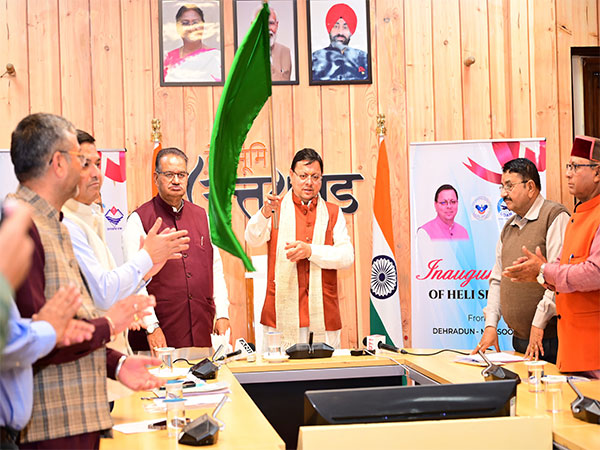
 By
By
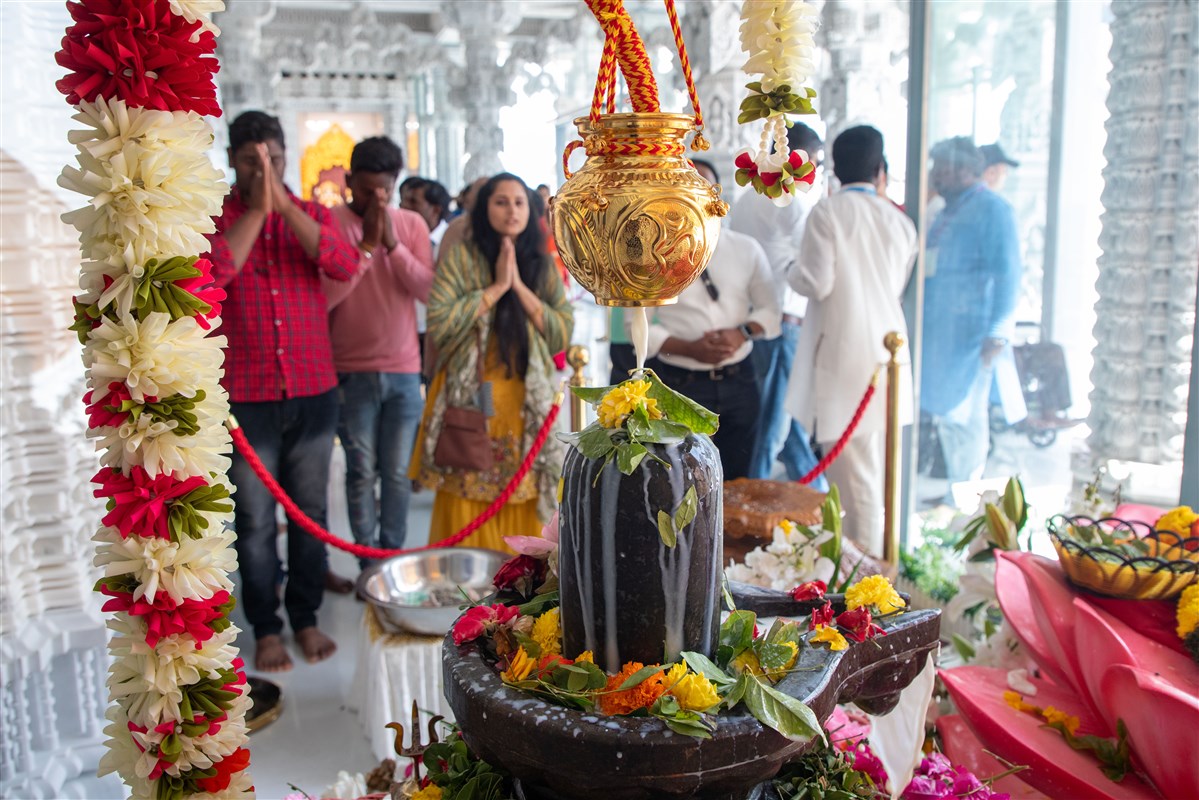
 By
By